Pěkně to musel být signál 
Pole finds unique Bronze Age treasure in Scotland with metal detector; unparalleled in the world
Categories: Treasures , Nálezy nejenom s detektorem ve Velké Británii a Irsku
The National Museum of Scotland unveiled a unique collection of Bronze Age objects last week . The so-called Peebles Hoard, with more than five hundred artefacts and elements of intricate decoration, many of which were previously unknown, was discovered in 2020 by Polish detectorist Mariusz Stępień. The collection, dating from between 1,000 and 800 BC, is one of Scotland's most important treasures in history, according to experts.
Mariusz Stępień was walking with a detector in a field near the town of Peebles near the Scottish border. Together with his friends Tomasz and Dariusz, he obtained permission from the landowner to search. As Mariusz was somewhat delayed at the car, his friends had a head start. He didn't want to follow in their footsteps and went a bit off to the side. When a strange hill caught his attention, he reached it and noticed a huge signal.
First he dug a small hole and found that there were bronze objects hidden inside. By then his friends had joined him. "I saw a beautiful green patina. The sight confirmed that we were dealing with something old. As we dug further, we noticed wooden elements. That was something! We decided to stop digging so as not to destroy the historical layers," Mariusz explained, adding that they called in experts from the Treasure Trove at the NMS.
The archaeologists discovered, besides a large number of bronze objects, also fragments of leather and wood at the site. Therefore, the entire collection was picked up in one block for examination in laboratory conditions. The recovered block was stored in the museum and later examined by experts from the University of Southampton using CT scanning. The scans revealed further valuable archaeological information about the contents and internal structure of the hoard.
Over the next five weeks, over 500 artefacts and parts were carefully removed from the block. Some fit together or formed parts of other objects. One of the most valuable objects in the hoard is a complete Late Bronze Age sword in a preserved wooden scabbard, which is quite exceptional.
Many of the elements of the assemblage and their components represent very rare objects and many are previously unknown. The artifacts from the initial detector discovery are quite unique. There are very few similar artefacts in Western Europe. Some were made by lost wax casting. This is a rare technique in Bronze Age Britain. Skilled craftsmen must have worked to produce the objects.
The National Museum of Scotland has said that it is 'a complex assemblage of materials, some of which have no archaeological parallel anywhere in Western Europe. It includes many unique artefacts whose use is as yet unknown and could change ourunderstanding of life in Bronze Age Scotland," they wrote in their press release.
Many of the decorated bronze fittings are still attached to leather or wood. Many bronze beads remain strung on 3,000-year-old cords and straps. The assemblage also contains rare remains of small bronze pins, studs and projections set into wood or leather. There are also remains of intricate decorated straps, the purpose of which is not yet known. Such details and insight into the Bronze Age are quite exceptional.
According to experts, Peebles Hoard is one of the most important treasures ever discovered in Scotland. Curator Dr, Matthew Knight said it sheds new light on Bronze Age communities in Scotland: "Peebles Hoard is an extraordinary, utterly unique discovery that rewrites our understanding of of Bronze Age communities in Scotland and our prehistoric international connections," he explained.
According to the NMS, the finder received a five-figure sum (in pounds). The museum is now also trying to raise funds to finance further research and conservation of the hoard with the help of a public collection. Interestingly, Mariusz has since discovered another important treasure: a Bronze Age barrow and foundry. But that's for another time...
Roman Nemec
Sources: bbc.com, nms.ac.uk, glogow.naszemiasto.pl
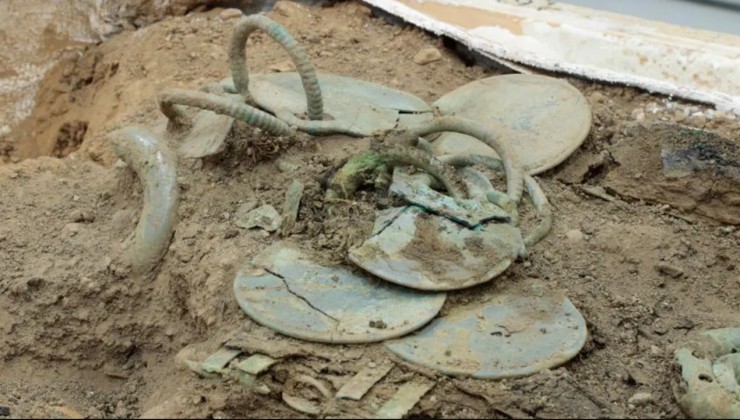

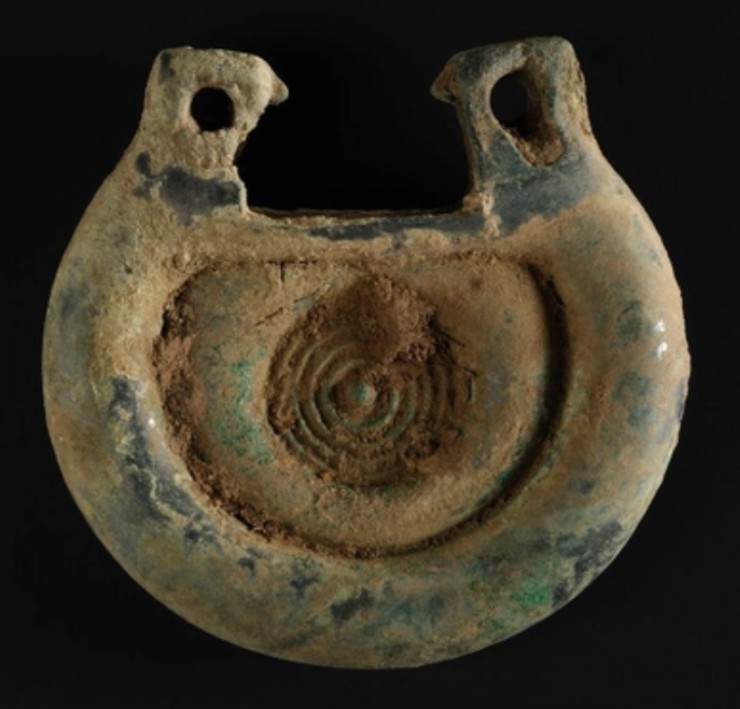
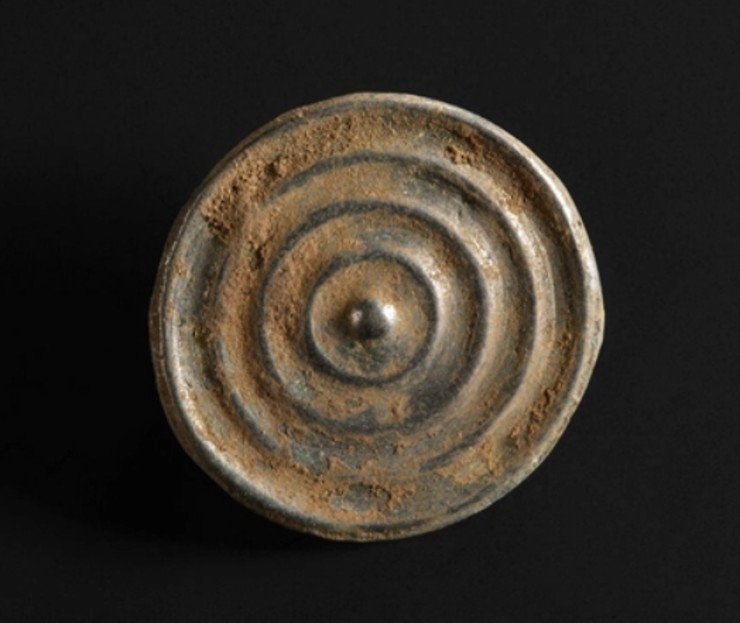
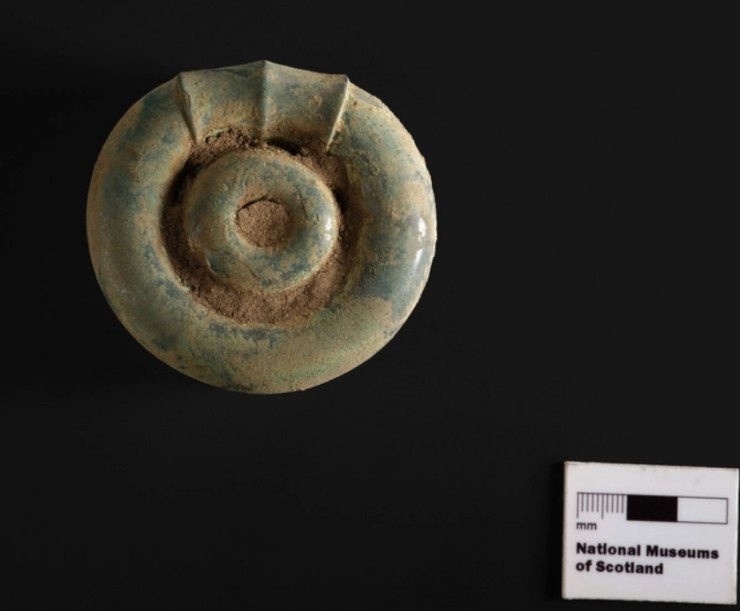
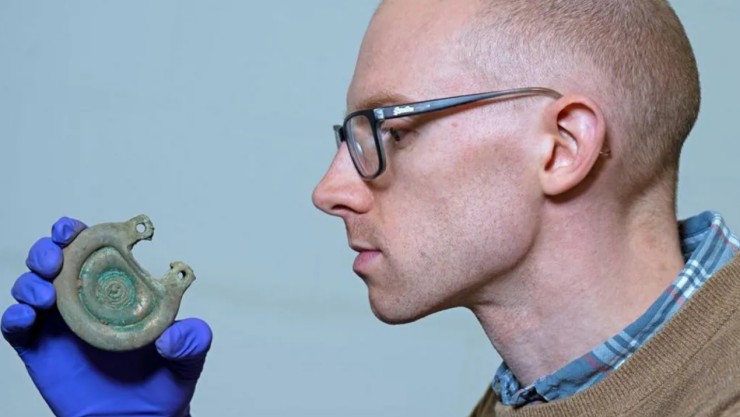
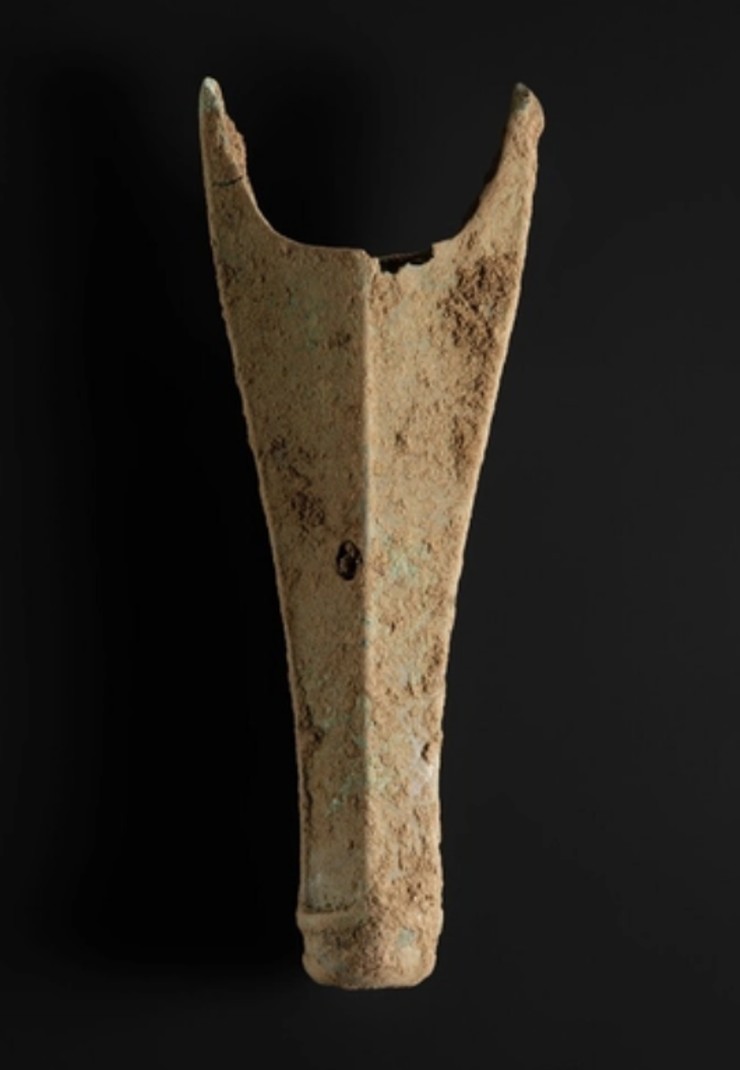
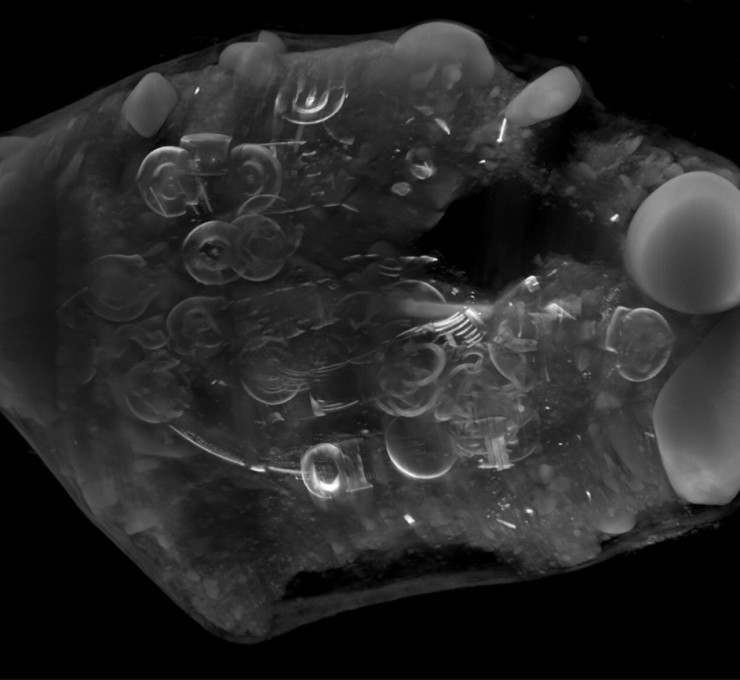 CT
CT
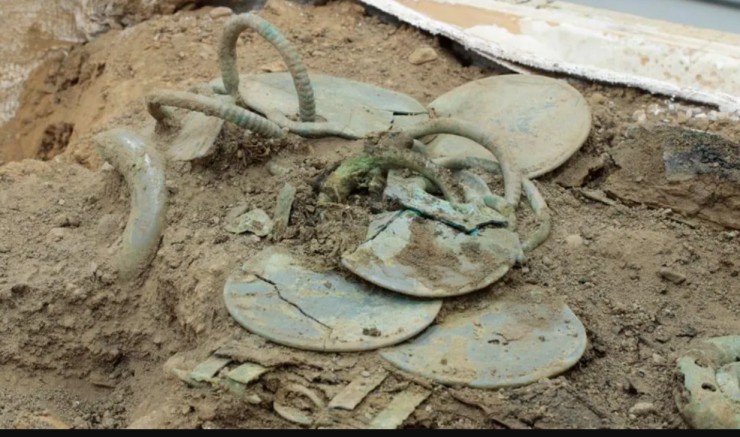 in situ
in situ
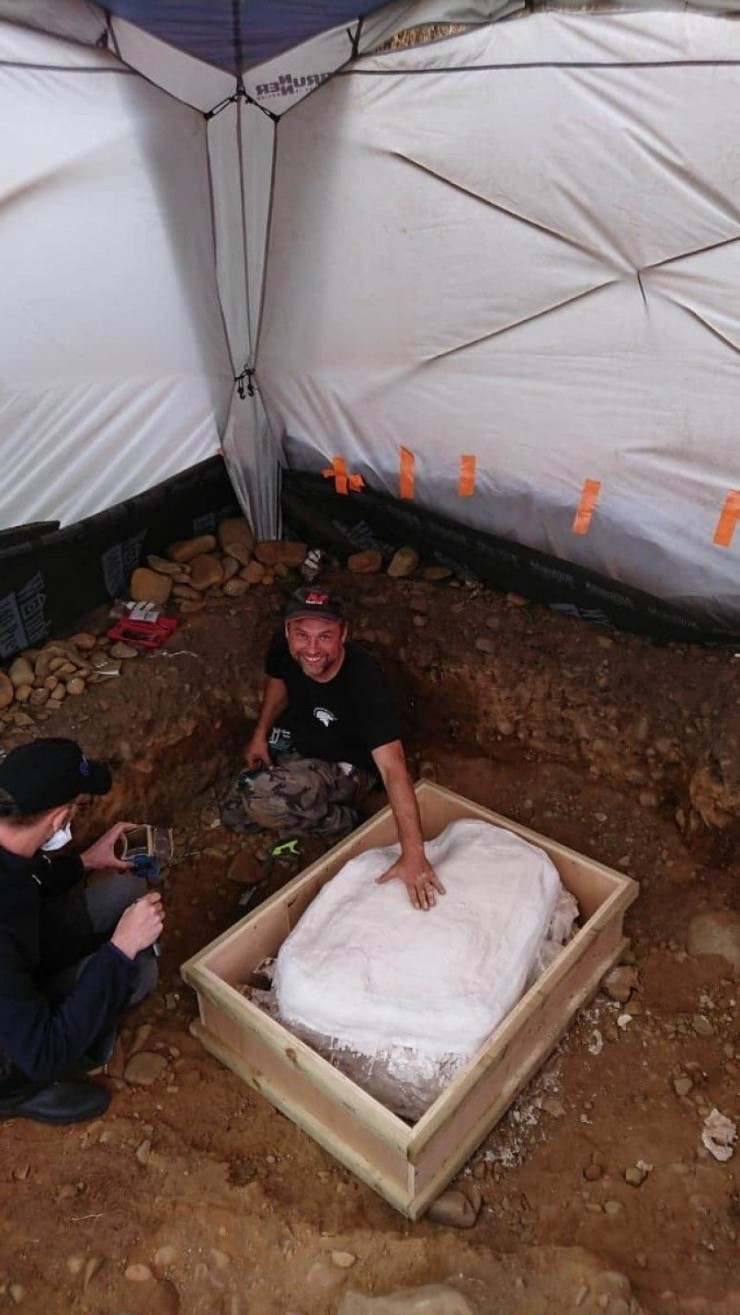 Mariusz
Mariusz
 place of finding
place of finding
 The finder with his detector Minelab Equinox 800
The finder with his detector Minelab Equinox 800
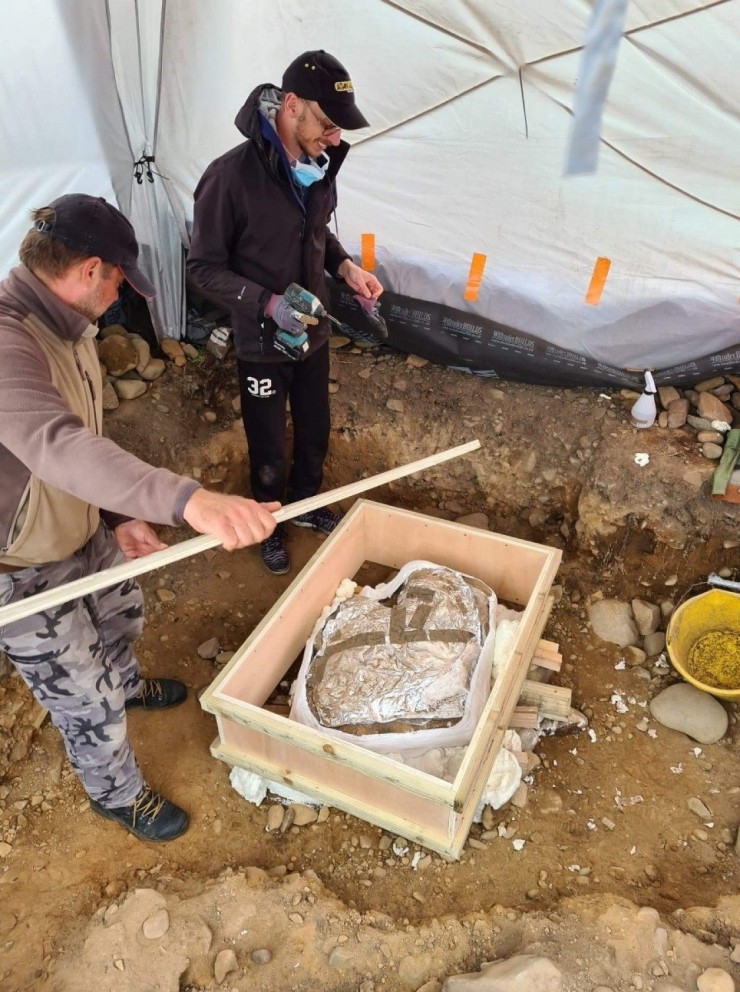 the file was picked up in one block
the file was picked up in one block
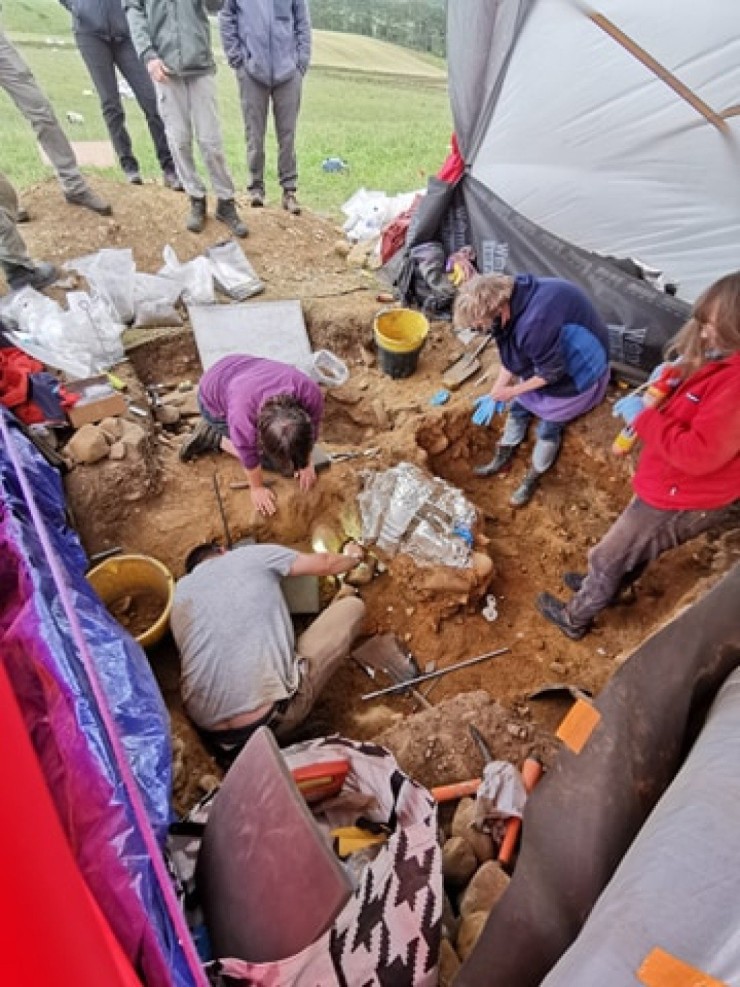 excavations - archaeological research
excavations - archaeological research
The article is included in categories:
- Archive of articles > Treasures
- Archive of articles > Archaeology > Finds and rescue research abroad > Nálezy nejenom s detektorem ve Velké Británii a Irsku
Post
Ta čtvrtá fotka mi něco připomíná. Ten motiv soustředných kruhů je hodně starý.
Krása vesmírná  👍
👍
Opravdu tam nikde nemají fotku toho meče?🤦
https://www.google.com/amp/s/www.dailymail.co.uk/news/article-13992225/amp/Bronze-Age-sword-Scottish-borders-Peebles-hoard.html
Tak asi ještě dočišťují a konzervují
Jak to tam Dariusz kosí 😄💪🤦
https://m.youtube.com/watch?v=LBzK35TEQeE&pp=ygUNUGVlYmxlcyBob2FyZA%3D%3D
Chodit jako Dáriusz, do 20 minut mi vylitaj plotýnky do škarpy
To Janek: je to jak s příručky, "takhle se chodit nemá" :). Ale myslím že je to tím, že tam bude strašidelný ticho. Už jsem to párkrát v UK zažil. Pak asi nemá smysl chodit jako gejša, když čekáš jenom kdy houkne nějaká velká věc.
Co se týče plotýnek, s tou patnáctkou na klacku a takovým pohybem "ala" 240° obratu... na 5 minut bych si u sebe nevsadil 
Lepší by bylo, kdyby to vzal rovnou " na vrtulník". Akorát by pořád zrychloval, s tim satelitem na klacku, až by vzlitnul 

To quo vadis: jo vyskytuje se to i na římských knoflíkách :) asi ne jeden říman kopl depůtek z doby bronzové při stavbě silnic :)
Parádní 














